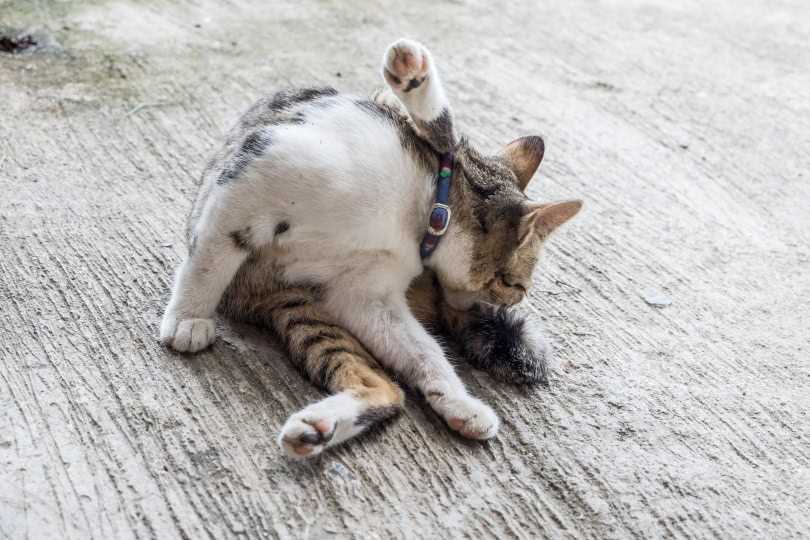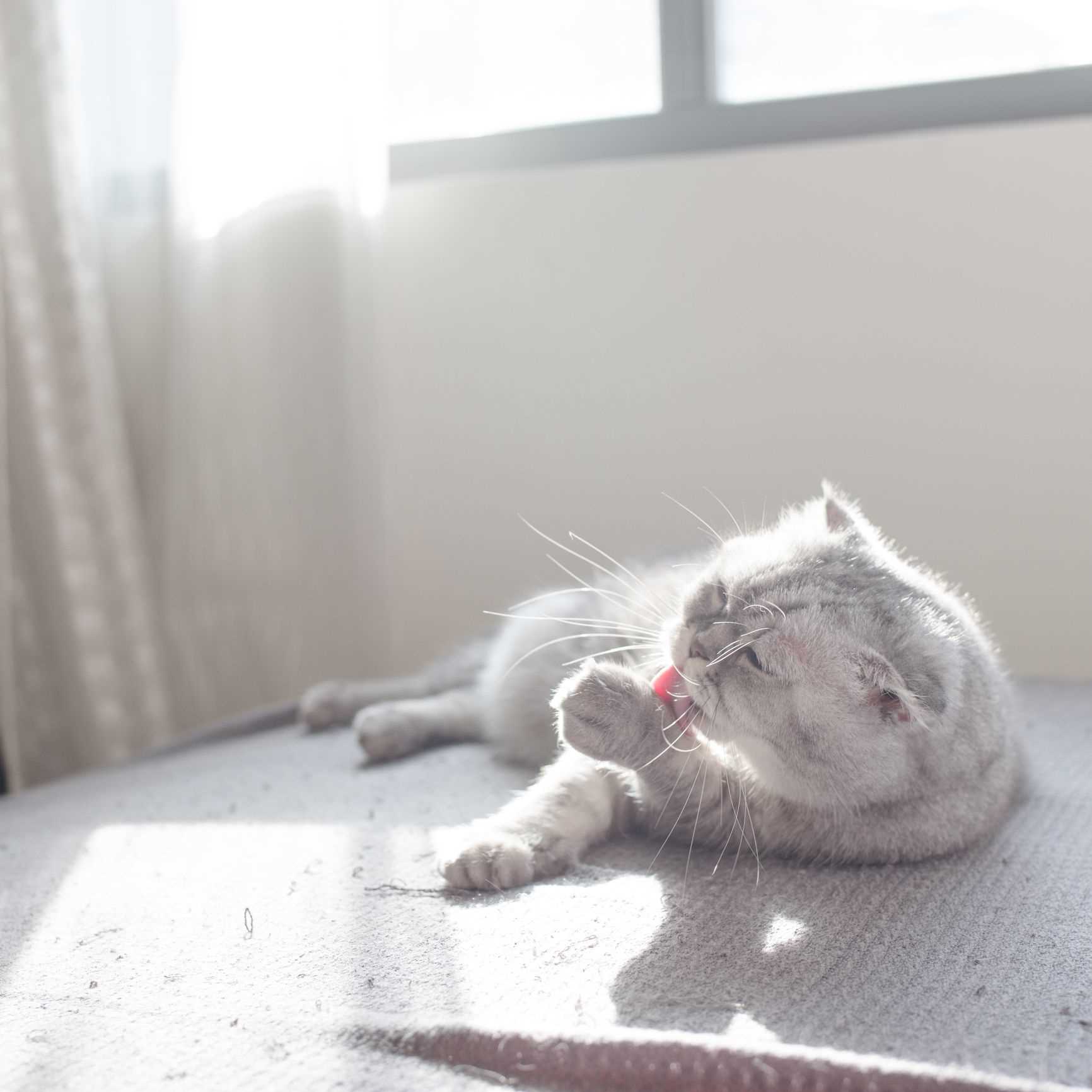

Right after I finish my food, I hop into my grooming routine. It’s not just about looking good; it serves a purpose. My tongue is like a tiny brush, helping me remove any leftover crumbs from my face and paws. Keeping clean is part of my charm, and it also helps me feel more comfortable.
Another reason I engage in this ritual is to regulate my scent. Maintaining my personal aroma is crucial. By grooming, I ensure I smell just the way I like, which is important for communication with my fellow felines. It’s all about staying fresh, especially in the eyes of potential friends or rivals.
Also, that post-meal cleaning session helps me relax. It’s a soothing activity that calms my mind and body. After a tasty meal, taking a moment to groom allows me to settle down and enjoy the satisfaction of a full belly. So, it’s not just about hygiene; it’s a form of self-care!
Why Do I Groom Myself Post-Meal?
Immediately following a meal, I engage in grooming to maintain my hygiene and comfort. This behavior serves several important purposes:
- Cleaning Up: Bits of food often cling to my fur, which I prefer to remove for a pristine appearance.
- Stimulating Circulation: The act of grooming helps stimulate blood flow, which can be beneficial for my overall health.
- Stress Relief: This routine can calm me down, especially after a meal, creating a sense of relaxation.
- Marking Territory: My saliva contains pheromones, which I spread while grooming, signaling my presence in my space.
In addition to these benefits, regular grooming contributes to healthy skin and fur. Keeping myself clean also reduces the risk of parasites and skin issues, ensuring I feel my best every day.
Understanding the Grooming Instinct in Cats
Grooming serves multiple purposes beyond simple hygiene. It enhances my comfort by regulating body temperature, especially after meals when my fur might trap warmth. This behavior also stimulates the production of natural oils in my coat, promoting a healthy shine and softness.
Engaging in this ritual allows me to feel secure in my environment. It’s a form of stress relief, helping me unwind and settle down after a feeding session. The repetitive motion of grooming can be soothing, contributing to my overall well-being.
Socially, this behavior is not just for oneself; it can strengthen bonds with companions. I often observe my fellow felines grooming one another, which reinforces social ties and mutual trust. This instinctual act can be a way to show affection and care within my social group.
Moreover, the act of cleaning helps remove any lingering food particles and scents from my fur, maintaining a tidy appearance. This is instinctual, as a clean coat is essential for effective communication with other animals through scent marking.
In summary, grooming is a multifaceted behavior that provides comfort, enhances health, fosters social connections, and maintains cleanliness. It’s an integral part of my routine that goes beyond mere necessity.
How Eating Habits Influence Self-Grooming Behavior

Maintaining a clean coat is essential for any feline. The way I consume my meals significantly impacts how I organize my grooming routine. When I indulge in wet food, I often find myself needing to freshen up more vigorously than when I munch on dry kibble. This is because wet food tends to leave more residue around my mouth and whiskers, which prompts me to engage in a thorough cleaning session post-meal.
Texture and Cleanliness

Different textures influence my desire to groom. If my meal is particularly saucy or creamy, I feel a stronger urge to ensure that no remnants linger on my fur. This not only keeps me looking sharp but also prevents any potential irritation from food particles. A tidy appearance also helps me stay comfortable and confident when I’m around my human friends or fellow furry companions.
Meal Frequency and Routine
The frequency of my meals plays a role too. When I have smaller, more frequent meals, I tend to groom myself more often, responding to the regular influx of scents and flavors that could cling to my fur. However, with larger meals spaced farther apart, my grooming sessions might become less frequent, as I focus more on enjoying my food than worrying about a stray crumb. Keeping my eating habits consistent helps maintain a grooming routine that keeps my fur looking pristine.
For those interested in maintaining their own garage tools, check out the best small air compressor for home garage. Just like a well-maintained grooming routine, having the right tools ensures everything runs smoothly!
The Role of Taste and Smell in Post-Meal Grooming
After I finish my meal, the first thing I do is focus on my fur. It’s about more than just cleanliness; it involves savoring the lingering scents and flavors that cling to my whiskers and paws. The combination of taste and aroma plays a significant role in this ritual.
Understanding Sensory Stimulation
- The olfactory receptors in my nose are highly developed, allowing me to detect food remnants and other intriguing scents.
- Grooming helps to redistribute saliva, which contains enzymes that can break down food particles and enhance their flavors.
- By cleaning my face, I not only remove traces of my meal but also engage my senses, making the experience more enjoyable.
Behavioral Reinforcement
- Engaging in this behavior reinforces the pleasurable sensations associated with eating.
- Every time I groom, it signals to my brain that the meal was satisfying, enhancing my overall meal experience.
- It’s a way to celebrate the flavors I just enjoyed, creating a positive association with my dining habits.
Through this combination of taste and scent, my grooming routine becomes a delightful continuation of my culinary adventure. Each swipe and nibble is a way to connect with the flavors and aromas that make me feel content and satisfied.
Health Benefits of Grooming for Felines Post-Meal
Engaging in self-cleaning rituals following a meal can significantly enhance overall well-being. This behavior not only aids in removing food particles but also promotes skin health and reduces the risk of infections. By stimulating blood circulation through grooming, it helps in maintaining healthy fur and skin, preventing issues such as matting and irritation.
The act of grooming serves as a natural stress reliever, which contributes to mental health. It can be particularly soothing, helping to calm nerves and enhance relaxation. Additionally, maintaining cleanliness after dining is essential for preventing the growth of harmful bacteria, which can thrive in leftover food residue.
Moreover, the practice is linked to the maintenance of a healthy weight. Regular grooming can encourage more active behavior, as the process often involves stretching and movement. This can lead to better digestion and a more balanced metabolism.
To complement grooming habits, consider incorporating high-quality nutrition into your diet. Options like best raw foods for cats can provide the necessary nutrients while promoting a healthy gastrointestinal tract. Overall, prioritizing hygiene through grooming not only enhances physical health but also contributes to emotional well-being.
Identifying Stress or Anxiety Through Grooming Patterns
Monitoring my grooming behavior can reveal a lot about my emotional state. Sudden increases in self-maintenance routines may indicate heightened stress or anxiety. It’s crucial to pay attention to these shifts, as they can signal discomfort or unease in my environment.
Behavioral Signs to Observe
When I start grooming more frequently, especially in areas like my paws or face, it might be a sign that I am feeling overwhelmed. Changes in my usual habits can be indicative of stressors, such as loud noises, unfamiliar visitors, or changes in my daily routine. Here are some specific behaviors to look for:
| Behavior | Possible Cause |
|---|---|
| Excessive grooming | Stress or anxiety |
| Grooming specific areas | Discomfort or irritation |
| Sudden cessation of grooming | Health issues or deep stress |
Strategies to Alleviate Anxiety
Creating a calm environment is essential. Providing safe spaces, engaging in play, and ensuring a consistent routine can help reduce feelings of stress. If unusual grooming patterns persist, consulting with a veterinarian may provide insights into underlying health concerns or behavioral issues.
When to Be Concerned About Excessive Grooming Post-Meal
If you notice a significant increase in self-cleaning behaviors following meals, it may signal underlying issues. Pay attention if grooming lasts longer than typical or appears compulsive.
Watch for additional signs of discomfort, such as changes in appetite, weight loss, or avoidance of food. These could indicate dental problems or gastrointestinal distress, prompting a visit to the vet.
Observe for skin irritations or bald patches that could arise from overzealous grooming. These symptoms may suggest allergies or skin conditions requiring veterinary attention.
Behavioral changes, such as increased hiding or aggression, may point to anxiety. If these shifts coincide with grooming habits, consider consulting a professional for support.
Monitor for any unusual sounds or movements during clean-up. Excessive vocalization or twitching may indicate pain or discomfort, necessitating a thorough examination.
Regularly assess stressors in the environment. Changes in routine or new additions to the household can provoke anxiety, leading to altered grooming behaviors. Addressing these factors can help restore balance.
Keep a journal of grooming patterns and any related behaviors. This record can assist your vet in diagnosing potential issues and determining appropriate interventions.
Ultimately, any sudden changes in grooming frequency or intensity warrant attention. Proactive monitoring and timely veterinary consultations can ensure continued health and well-being.









